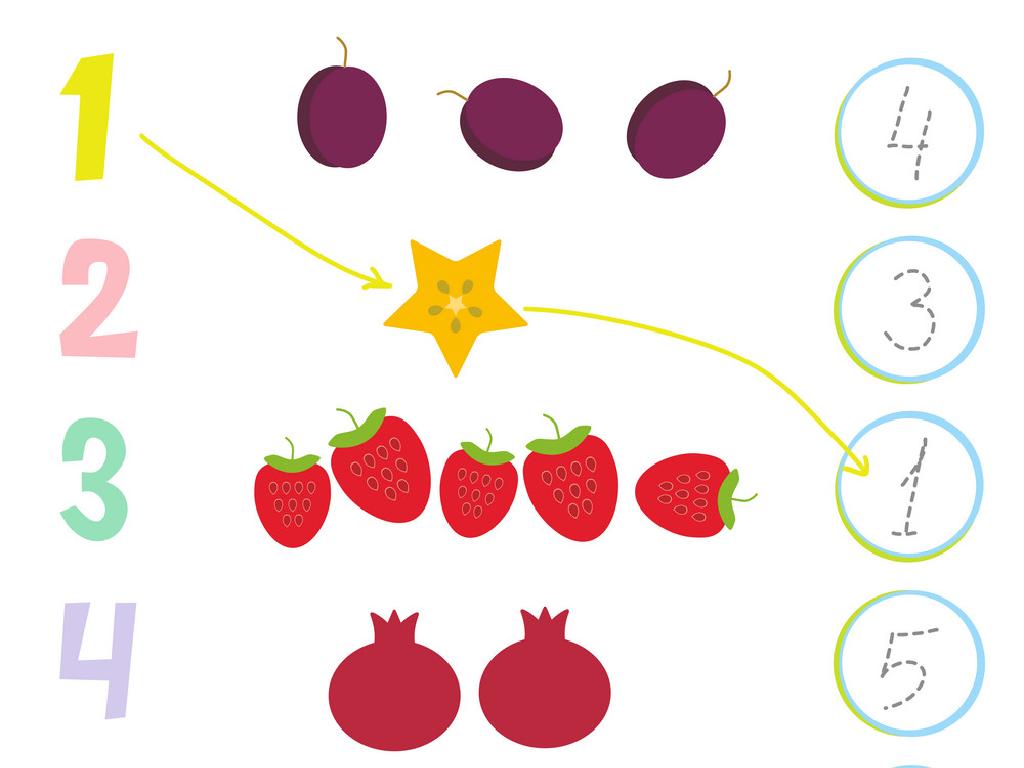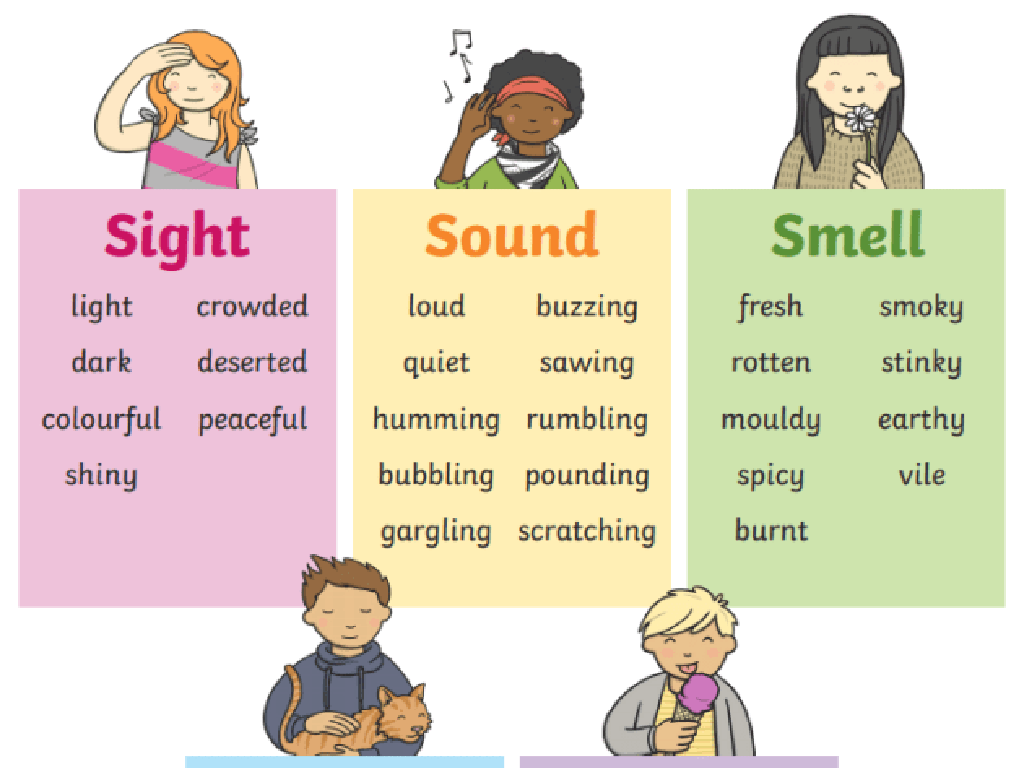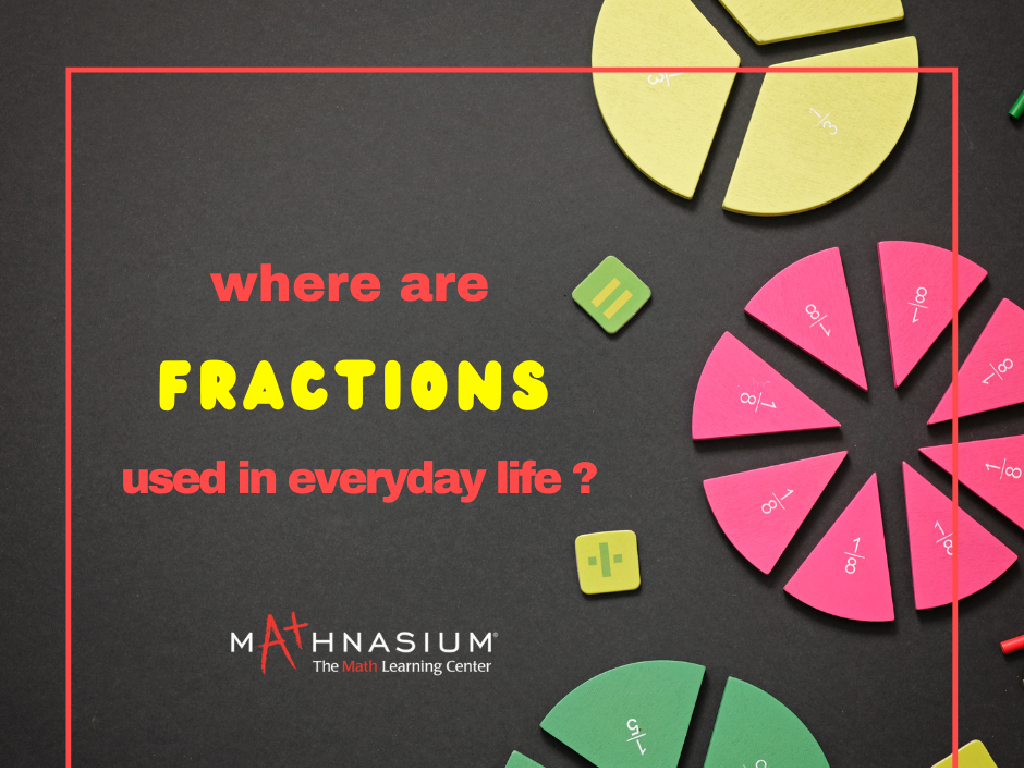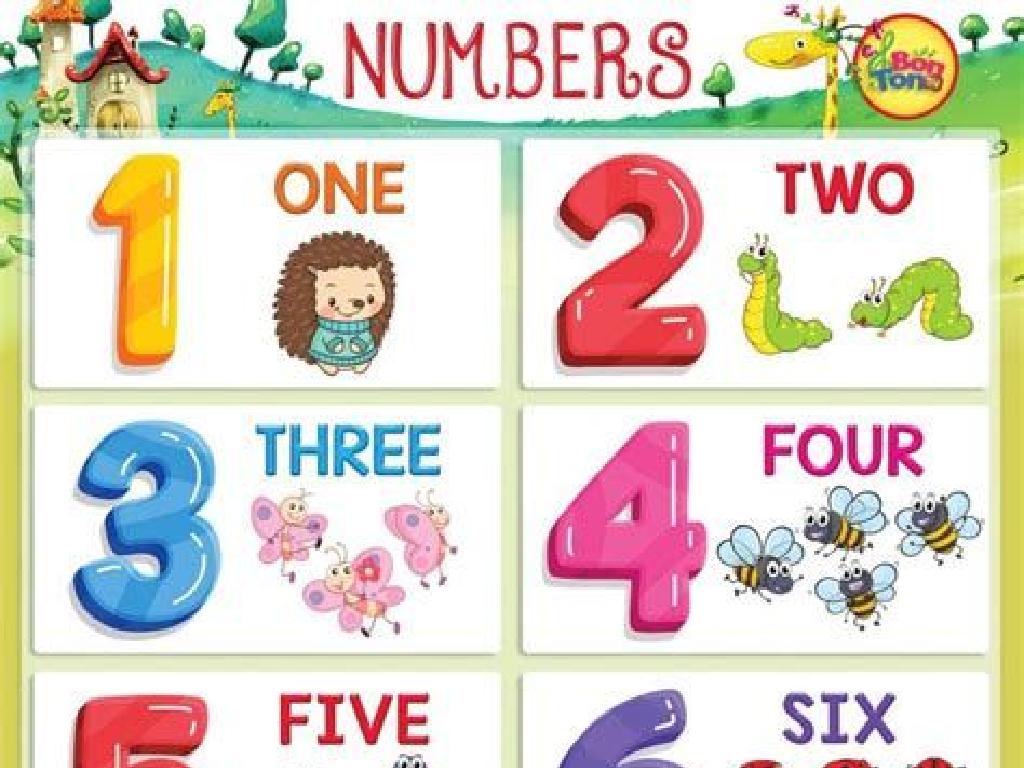Estimate Products: Word Problems
Subject: Math
Grade: Fifth grade
Topic: Multiplication
Please LOG IN to download the presentation. Access is available to registered users only.
View More Content
Welcome to Estimating Products!
– Discovering estimation in multiplication
– Grasping the power of estimation
– Estimation helps us quickly find approximate answers
– Estimation’s role in daily life
– Use estimation to make quick decisions, like in shopping or cooking
– Practice estimation with word problems
|
Today’s lesson introduces students to the concept of estimation within the context of multiplication. Estimation is a powerful mathematical tool that allows us to find approximate answers quickly without needing to calculate the exact numbers. This can be particularly useful in everyday situations such as when shopping, to estimate the total cost, or in the kitchen, to approximate measurements for a recipe. Encourage students to think of times when they or their family members use estimation in daily life. The class will also involve practicing estimation through word problems, which will help students apply what they’ve learned in practical scenarios. Prepare several word problems that require estimation for the students to solve.
Understanding Estimation in Multiplication
– What is estimation?
– Estimation: finding a near-correct answer.
– Reasons to use estimation
– To quickly gauge answers & verify calculations.
– Estimation saves time
– Faster than exact calculations for large numbers.
– Estimation aids in planning
– Helps foresee outcomes & resources needed.
|
This slide introduces the concept of estimation in the context of multiplication for fifth graders. Estimation is a mathematical strategy used to find an approximate answer without calculating the exact total. It’s particularly useful when exactness is not required, and a ballpark figure suffices. Emphasize that estimation is a skill that saves time, especially with large numbers, and can be used to check the accuracy of calculated answers. It’s also a valuable tool for planning and preparing, as it helps predict outcomes and assess the quantity of resources needed. Encourage students to think of situations where they might use estimation, such as when shopping or planning a party, to make the concept more relatable.
Rounding Numbers for Estimation
– Review rounding to 10s and 100s
– Rounding helps approximate numbers quickly
– Practice: Round 453 to nearest 100
– 453 rounded to nearest 100 is 500
– Understand rounding for estimation
– Estimation starts with rounding for easier math
– Rounding simplifies word problems
– It makes complex problems more manageable
|
Begin with a quick review of rounding rules, emphasizing the importance of understanding place value. Use examples to show rounding to the nearest tens and hundreds. For practice, take the number 453 and walk through the steps to round it to the nearest hundred, which is 500. Explain that rounding is a critical first step in estimation because it simplifies numbers, making multiplication easier and quicker. Highlight that in word problems, especially with large numbers, rounding can help us get a close estimate without needing exact calculations, saving time and effort. Encourage students to always round before estimating the product in word problems.
Multiplying with Estimates
– Learn to estimate products
– Round numbers before multiplying
– Example: 67 x 54 estimation
– Round 67 to 70 and 54 to 50, then multiply
– Understand rounding for estimates
– Rounding makes numbers simpler to work with
– Why estimates differ from exact
– Estimates are quicker but less precise than exact calculations
|
This slide introduces students to the concept of estimating products in multiplication. Start by explaining the importance of estimation as a useful skill for quick calculations. Demonstrate with an example by rounding 67 to 70 and 54 to 50, then multiplying to estimate the product. Discuss how rounding simplifies numbers, making mental math easier. Highlight that while estimates are helpful for quick approximations, they are not as precise as exact calculations. Encourage students to think about situations where an exact answer is not necessary, and an estimate would suffice.
Estimation in Multiplication Word Problems
– Read and identify numbers
– Round numbers to estimate
– If a problem has 397 x 18, round to 400 x 20
– Compare estimate and exact answer
– See how close the estimate is to 7146
– Practice with example problems
– Use sample problems to apply skills
|
This slide is aimed at teaching students how to estimate products in word problems. Start by guiding them to carefully read the problem and identify the key numbers that need to be multiplied. Next, show them how to round these numbers to the nearest ten or hundred to make multiplication easier. After they have estimated the answer, they should calculate the exact answer and compare the two to understand the accuracy of their estimation. Provide several practice problems for the students to apply these steps. Encourage them to explain their thought process when rounding and estimating to reinforce their understanding.
Estimating Products with Word Problems
– Example: School buys pencils
– 48 boxes, 73 pencils each. Estimate total pencils.
– Pair up and estimate the total
– Work with a classmate to solve the problem.
– Share your estimates in class
– Present your estimated product to the class.
– Discuss estimation strategies
– Explain how you arrived at your estimate.
|
This slide is designed for a class activity to practice estimation in multiplication. Start with the example word problem provided, guiding the students to round the numbers to make them easier to multiply. Encourage students to work in pairs to foster collaboration and to compare different estimation methods. After they have completed the activity, have each pair share their estimated product with the class and discuss the various strategies used to arrive at their answers. This will help students understand that estimation is not about getting the exact number but about finding a number close enough to give a reasonable idea of the total. Provide guidance on rounding numbers and using those rounded figures to multiply. Offer at least four different strategies for estimation to cater to different learning styles.
Estimation in Real Life: Party Budgeting
– Why estimation is crucial
– Activity: Class party budgeting
– Estimate costs for party items like decorations, snacks, and drinks
– Estimation aids planning
– Estimation helps foresee expenses
– Estimation ensures budget adherence
– Avoid overspending with good estimates
|
This slide emphasizes the importance of estimation in everyday life, particularly in budgeting for events like a class party. Begin by discussing why estimation is a critical skill, highlighting its role in planning and staying within financial limits. For the activity, provide students with a list of potential party items and their prices, then ask them to estimate the total cost for a given number of classmates. This practical exercise will help them understand how estimation is used in real-world scenarios to avoid overspending and to ensure all necessary items are accounted for within a budget. Encourage students to think about the different strategies they can use to estimate effectively and discuss the outcomes as a class.
Class Activity: Estimation Challenge
– Play ‘The Estimation Jar’ game
– Create estimation word problems
– Work in groups, use real-life scenarios for practice
– Share problems with the class
– Explain your thinking to the class
– Discuss estimation strategies
– Talk about different ways to estimate
|
This interactive activity is designed to engage students with the concept of estimation in a fun and collaborative way. Begin with ‘The Estimation Jar’ game where students guess the number of items in a jar to practice making educated guesses. Then, have students work in groups to create their own word problems based on estimation, encouraging them to think about scenarios where estimation is useful. Afterward, each group will present their word problems to the class, explaining the context and their estimation process. Conclude with a discussion on different strategies for estimation, such as rounding numbers and using benchmarks. This will help students understand that estimation is a valuable skill in everyday life and in solving math problems.
Wrapping Up: Estimation Techniques
– Recap on estimation methods
– Reviewed rounding & compatible numbers
– Open floor for questions
– Homework: Estimation in shopping
– Make a list of items & estimate total cost
– Reflect on today’s learning
– Think about how estimation helps in daily life
|
This slide aims to summarize the key points of estimation in multiplication and word problems. Start by recapping the methods learned, such as rounding to the nearest ten or hundred and using compatible numbers to make mental math easier. Open the floor for any questions the students may have, encouraging them to clarify their doubts. For homework, students should practice estimation with their family while shopping, which will help them understand the practical application of the skill. Finally, encourage students to reflect on how the lesson will help them in real-life situations, such as making quick decisions while buying things. This reflection will help solidify their understanding and appreciation of the concept.





